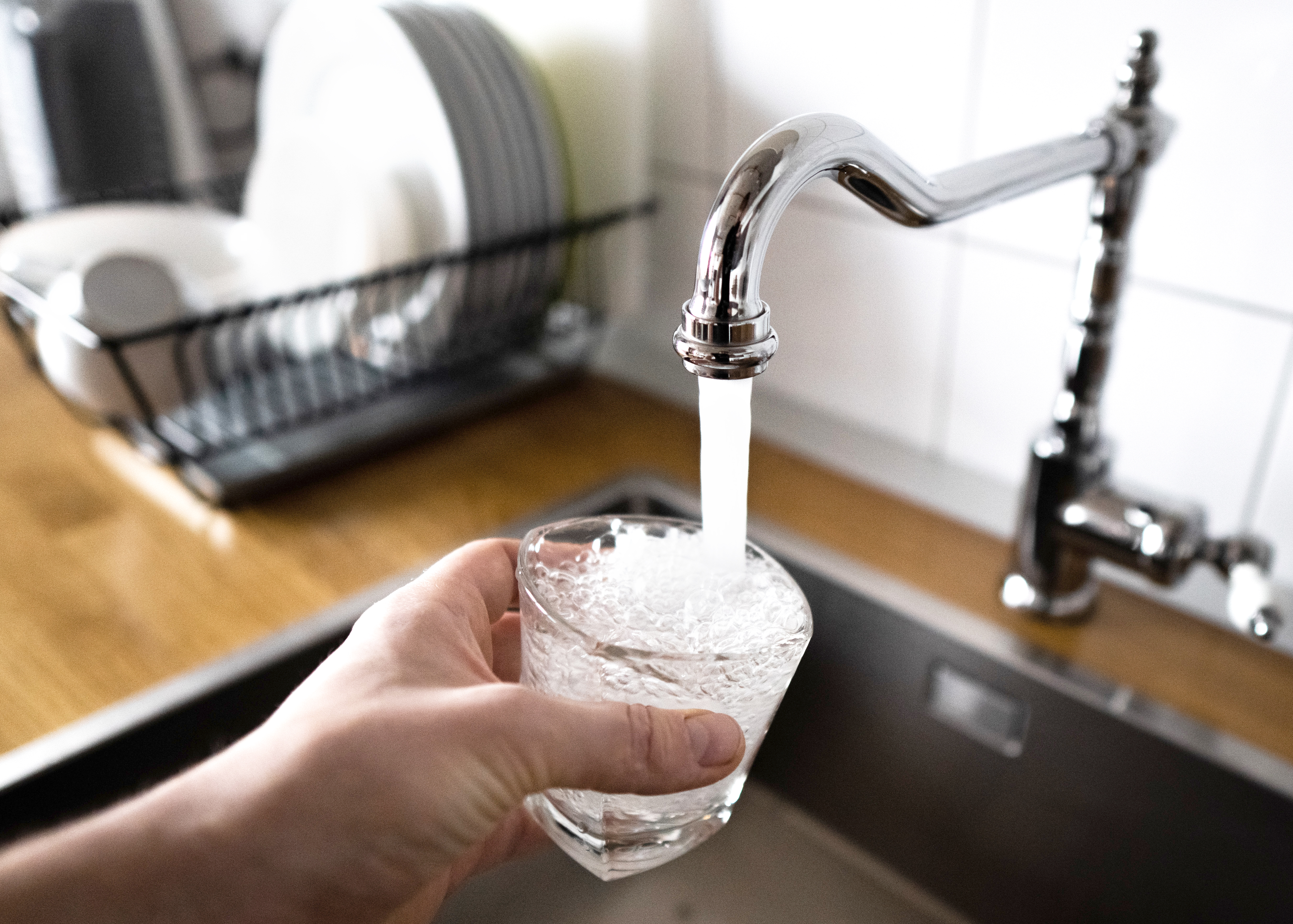
Learn about main water line repair costs in Columbus and what affects pricing to be prepared before you start getting estimates.
Refreshment served two ways


A spigot is an outlet used to control water flow. A faucet is also known as a tap and is responsible for allowing the flow of li
quids or gasses through an outlet.
In some regions, spigots refer to outside water fixtures while faucets refer to indoor ones.
While you can buy faucets constructed of different materials, stainless steel provides a clean look and the durability you want.
To clean your faucet or spigot, you can use a damp, soapy cloth to clean the spout, handle, and drain.
Your home comes with an abundance of water features. Getting to know these parts can help you better understand how they function. That way, if things go awry, you’ll know what the culprit can be. Our guide covers the differences and similarities between spigot versus faucet, how to replace a pitot, and cleaning tips for your faucet.

Both a spigot and a faucet serve the same purposes in that they’re outlets used to control the flow of water. However, depending on where you live, their terminology might differ. Normally, faucets refer to a device that can control both cold and hot water. Meanwhile, spigots can refer to outdoor devices used to control water from a single handle.
Another difference between the two relates to size. Spigots are often ¾ inches, while faucets can be anywhere from 4-16 inches. Below is a summation of the differences between the two:
| Type of Difference | Spigot | Faucet |
|---|---|---|
| Location | Outdoors | Indoors/outdoors |
| Size | 3/4 inch | 4 to 16 inches |
| Body components | Handle, stem, body, and stem seal and aerator | Handle, spout, valve, body, mount, and aerator |
| Water source | Outdoor water supply source such as a tank or barrel | Connect to the plumbing system |
One of the biggest differences concerns how you use both. Faucets are generally for indoor use, such as washing your hands, dishes, and being a source of drinking water. Meanwhile, you might use a spigot to water your garden or lawn.
Spigots allow water to flow through the tap without usually having any temperature controls. Meanwhile, faucets not only allow you to adjust the pressure of the water coming out of your taps, you can also control the temperature too. This gives faucets a little more functionality than spigots.
When you compare the two, you’ll notice a big difference in sizes. Spigots tend to come in three fourths inches. By comparison, you can find a wide range of faucet styles and sizes from 4 to 16 inches. This gives you more wiggle room when you’re choosing faucet fixtures inside your home, thus complementing your kitchen or bathroom’s overall design.
A spigot has more of a utilitarian design, focusing on function over appearance. Faucets, meanwhile, come in a wide variety of designs and finishes to add a nice design pop to a kitchen or bathroom.
Another key difference lies in how much you’ll pay for each one. Spigots will run you from $150 to $500, depending on the model and material you choose. By comparison, faucets can cost you in the same range, although finishes, sizes, and labor will all impact cost. A single handle faucet runs from $50 to $550; a center set model costs between $50 to $250, and a lever runs from $30 to $600. Labor for a faucet replacement is $130 to $350, for spigots it’s $100 to $500.

Finally, the biggest difference is where you’ll find both. Spigots reside outdoors, perfect for gardens or watering your lawn. Faucets tend to take up residence indoors, supplying you with a water source in your kitchen and bathroom.
If you want to pay the most exorbitant prices possible for your job, this is the company for you. “By the job” pricing is a rip-off, at least how these people use it. Every job is plugged into a category and prices are set by category. You might have a job that takes half an hour or one that...
Matt is a consummate professional. The work turned out to be far more difficult than expected and rather than turn the job down, Matt rose to the occasion and completed a near impossible task. I can not recommend Greene's Plumbing Service more highly. On a scale of 1-5 I would give Matt a...
I had Ace Fireplace Services install custom chimney caps for my home, and the results are stunning. They fit like a glove and have added a touch of sophistication to my chimney. I can't recommend their services enough.
Very professional and efficient with work. Answered each question I had with great knowledge and an informative response. Will be working with them again.
Window Depot did an amazing job on my deck. I wasnt sure what I wanted to do, but their composite decking was affordable and will last a long time. I am excited to have family over, and I am no longer embarrassed by my backyard. Jeff and the ground crew were polite, respectful, and caring for...
We used Unique Hardwood Floor LLC three years ago to work on the floors of a 70 year old home that needed a great deal of work. Some floors needed repairs, some were replaced and others just needed to be refinished. It was a complicated job as they needed to blend the old and the new to...
Involved an extensive bathroom remodel, including removing tub & installing walk in shower, new drywall, custome tile work to ceiling, plumbing, etc. Overall, job was done on time and on budget. Nick & his team were very professional and had high attention to detail. Quality was great. Highly...
From average costs to expert advice, get all the answers you need to get your job done.

Learn about main water line repair costs in Columbus and what affects pricing to be prepared before you start getting estimates.

Discover the leading factors affecting your main water line replacement cost in Columbus, including length, material selection, and installation details.

Learn how much plumbers cost in Columbus, Ohio. Discover pricing for faucet repairs, pipe work, and emergency services, plus how you can save money.

Learn how to cut PVC pipe with ease and efficiency. Our guide will show you how to tackle your PVC pipe project like a pro.

If your faucet hasn’t been working like it used to, you might need a replacement. Here’s how to replace a kitchen faucet like a plumbing pro.

Fixing a leaky faucet starts with knowing which type of faucet you have. Follow these steps to learn how to fix a leaky faucet in no time.